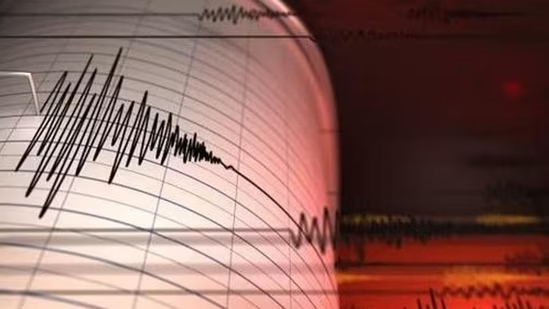In a startling event, the United States Geological Survey (USGS) reported that an earthquake of magnitude 5.7 struck the Panama-Costa Rica border region on Monday. The quake’s epicenter was located about 5 kilometers southeast of the town of Puerto Armuelles, in the Panamanian region of Chiriqui, which lies adjacent to Costa Rica.
Digging Deeper: The Earthquake Details
According to USGS data, the earthquake occurred at a shallow depth of just 3 kilometers (1.9 miles). This shallow depth is significant because it often results in stronger shaking felt on the surface compared to deeper quakes.
Immediate Response: Monitoring and Safety Checks
Following the quake, local authorities in both Panama and Costa Rica quickly mobilized to assess the situation. Panama’s National Civil Protection System, known locally as SINAPROC, announced on X (formerly Twitter) that their response units were actively monitoring various parts of Chiriqui province.
“Our response units are in different parts of the province of Chiriqui conducting monitoring, after the strong seismic movement recorded in the region,” SINAPROC stated.
Meanwhile, the Institute of Geosciences at the University of Panama recorded a 5.9 magnitude aftershock, though no immediate damage was reported from either the initial quake or the aftershock.
A Call for Preparedness: What Can We Learn?
While it’s a relief that no immediate damages were reported, this earthquake serves as a stark reminder of the ever-present risk of natural disasters in seismic zones. For the residents of Panama and Costa Rica, it underscores the importance of being prepared for such events.
Building Resilience: Steps for Earthquake Preparedness
- Emergency Kits: Ensure you have an emergency kit that includes essentials such as water, non-perishable food, medications, flashlights, batteries, and important documents.
- Evacuation Plans: Know the evacuation routes and have a clear plan for where to go and what to do when an earthquake strikes.
- Home Safety: Secure heavy furniture, appliances, and other items that could fall and cause injury during an earthquake. Consider retrofitting your home to withstand seismic activity.
- Communication: Have a family communication plan in place. Ensure that all family members know how to contact each other and where to meet if separated.
- Community Involvement: Participate in community drills and stay informed about local emergency response plans. Being part of a prepared community can significantly improve safety and response times during an actual event.
The Bigger Picture: Regional Seismic Activity
The Panama-Costa Rica border region is no stranger to seismic activity. It lies along the Pacific Ring of Fire, an area known for frequent earthquakes and volcanic eruptions. This geographic reality makes it crucial for residents and authorities to maintain a high level of preparedness.
Government and Community Roles
Governments in earthquake-prone areas have a responsibility to ensure that infrastructure is built to withstand seismic events. This includes schools, hospitals, and public buildings. Regular drills and public education campaigns can help keep earthquake preparedness at the forefront of public consciousness.
Communities also play a vital role. By working together, sharing resources, and supporting each other, communities can build resilience against natural disasters.
A Wake-Up Call for All
The recent earthquake at the Panama-Costa Rica border is a wake-up call for everyone living in seismic zones. It’s a reminder that while we cannot predict when or where the next earthquake will strike, we can take steps to prepare and protect ourselves.
Preparedness is not just the responsibility of the government but of each individual and community. By taking practical steps, staying informed, and supporting each other, we can mitigate the risks and ensure a quicker, more effective response when disaster strikes.

